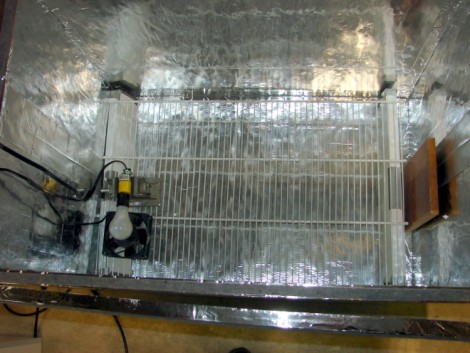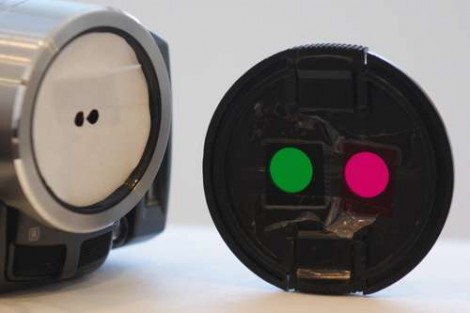Here’s an analog bandwidth meter made to look like an old pressure gauge. It’s actually new, but the paper showing the graduated scale was stained in a bath of black tea, then dried in an oven to give it an aged appearance. We think it’s quite effective.
The dial itself is a volt meter driven by an Arduino in much the same way as the multimeter clock. Bandwidth data is pulled from a Linux router, filtered down to the target data using ‘grep’, and sent over the serial connection by a Perl script. Since the meter itself is just waiting for serial data, alterations to the router’s scripting make it easy to represent a count of unread emails, tweets, or whatever data your code can scrape.
[Thanks Ben]

















